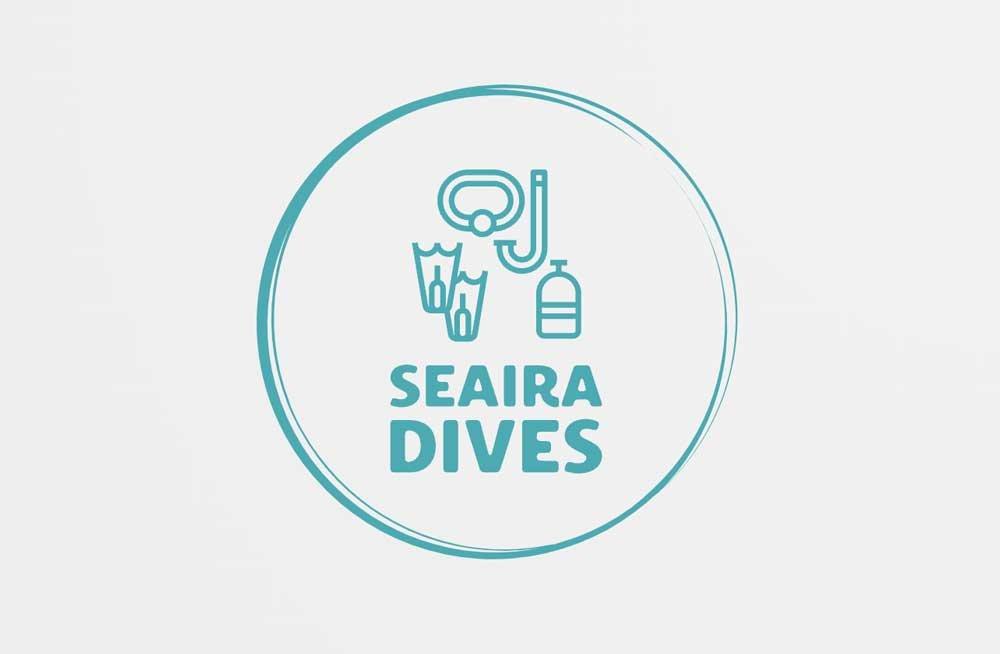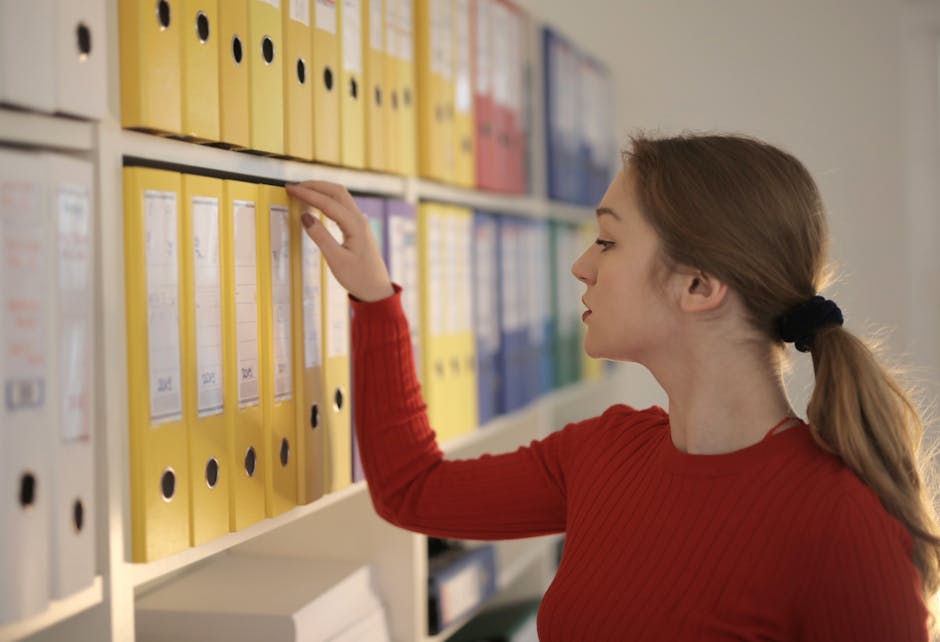
Welcome to the wonderful world of typography, where every letter is a canvas and every design/” title=”Dental Logo Design”>font is a paintbrush. In the world of logo design, typography is like the magician behind the curtain, the unsung hero that holds the whole show together. So grab your magnifying glass and get ready to dissect the art of typography and how it can make or break a logo design faster than you can say Comic Sans. Let’s dive into the world of curvy serifs, sharp sans-serifs, and everything in between. Because when it comes to logo design, it’s all about the font-tastic details.
importance-of-typography-in-logo-design”>The Importance of Typography in Logo Design
When it comes to logo design, typography plays a crucial role in making your brand stand out. The font you choose can either make or break your logo, so it’s important to choose wisely. Here are a few reasons why typography is so important in logo design:
- Typography sets the tone for your brand identity. Choosing the right font can convey the personality of your brand, whether you’re aiming for a sleek and modern look or a more whimsical and playful vibe.
- Typography helps with brand recognition. A unique and memorable font can help your logo stand out in a sea of competition and make it easier for customers to remember and recognize your brand.
- Typography can also evoke emotions and create a connection with your target audience. The right font can elicit feelings of trust, excitement, or nostalgia, helping to create a lasting impression with consumers.
So, the next time you’re designing a logo, remember to think carefully about the typography you choose. It’s not just about picking a pretty font – it’s about selecting the right typeface that will help your brand make a statement and leave a lasting impression on your audience. After all, as they say, “Typography is the voice of your logo.”

Choosing the Right Typeface for Your Brand Identity
When it comes to , it’s not as simple as picking the first font that catches your eye. No, no, my friend. This decision requires careful consideration and a keen eye for detail. After all, the font you choose will be the face of your brand – quite literally!
First things first, consider the personality of your brand. Is it sleek and modern? Playful and whimsical? Sophisticated and elegant? Your typeface should reflect the essence of your brand and appeal to your target audience. Remember, you want your font to speak volumes about your brand without saying a word.
Next, think about readability. Sure, that fancy script font might look cool, but if no one can read it, what’s the point? Make sure your chosen typeface is clear, legible, and easy on the eyes. After all, you want people to actually be able to read your brand name, right?
Lastly, don’t be afraid to mix and match different typefaces to create a unique and dynamic brand identity. Pair a bold, attention-grabbing font with a more subtle, understated one to create a visual balance that will set your brand apart from the competition. Remember, variety is the spice of life – and branding!

Understanding the Impact of Typography on Consumer Perception
Imagine you walk into a grocery store and see two different cereal boxes on the shelf. One has a playful, colorful font while the other has a dull, generic font. Which one are you more likely to pick up? Chances are, you’re gravitating towards the one with the bold typography because it speaks to your inner child – even if you’re a full-grown adult.
Now, let’s talk about the power of bold typography. It commands attention and exudes confidence. When consumers see bold fonts on packaging or advertisements, they’re more likely to remember the brand and perceive it as trustworthy and authoritative. So, next time you’re designing a logo or creating a poster, don’t be afraid to go big and bold.
On the other hand, quirky typography can appeal to a different segment of consumers. People who are more creative and unconventional may be drawn to fonts that are whimsical, offbeat, or even a little weird. Quirky typography can make a brand seem more approachable and fun, which can create a sense of connection with consumers.
Remember, typography isn’t just about words on a page – it’s about creating an experience. So, whether you’re designing a website, a product label, or a billboard, always consider the impact that your choice of font can have on consumer perception. After all, the right typography can make all the difference between standing out and blending in.

Key Tips for Effective Typography in Logo Design
When it comes to typography in logo design, there are a few key tips that can make all the difference. First and foremost, choosing the right font is crucial. Make sure the font you choose reflects the personality and style of the brand you are designing for. Comic Sans might work for a kids’ birthday party business, but probably not for a law firm.
Next, consider the size and spacing of your text. You don’t want your logo to look like a jumble of letters. Make sure the text is easy to read and has enough breathing room around it. Nobody wants to squint and decipher what your logo is trying to say.
Another important tip is to keep it simple. Don’t go overboard with fancy fonts and intricate designs. Sometimes less is more when it comes to typography in logo design. Remember, the goal is to create a memorable and easily recognizable logo, not a text-heavy masterpiece that nobody can decipher.
Lastly, don’t be afraid to experiment with different fonts and styles. Mix and match until you find the perfect combination that truly captures the essence of the brand you are designing for. And remember, a little bit of bold and italics never hurt anyone!

The Psychology Behind Typography Choices in Branding
When it comes to typography choices in branding, there’s a whole lot of psychology at play. We’re not talking about Freud or Pavlov here, we’re talking about the deep, dark secrets hidden in the curves and serifs of your favorite font. Let’s break it down, shall we?
First off, let’s talk about **serif vs. sans-serif** fonts. Serif fonts have those little tails at the ends of letters, while sans-serif fonts are all sleek and modern with no extras. Think of serifs as the fancy little bows on a present – they say “I put effort into this.” Sans-serifs are more like showing up to a party in your favorite jeans and a t-shirt – simple, but still stylish.
Next, consider the **size and weight** of your font. Bold, heavy fonts can convey strength and authority, while lighter, thinner fonts might give off a more delicate, refined vibe. It’s like choosing between a sumo wrestler and a ballerina to represent your brand – you want to make sure your font matches the message you’re trying to send.
And let’s not forget about **color**. Just like each Hogwarts house has its own signature color, the color of your font can evoke certain emotions. Red might convey passion and energy, while blue could represent trust and loyalty. It’s like casting a spell with your font choice - choose wisely!
Exploring Different Typography Styles for Logo Design
When it comes to logo design, typography plays a key role in making your brand stand out. There are so many different styles to choose from, it can be overwhelming! Let’s take a look at some unique typography styles that can add personality to your logo:
- Handwritten Fonts: Embrace your inner Picasso with a handwritten font that adds a personal touch to your logo. Whether it’s elegant cursive or quirky doodles, handwritten fonts can give your logo a friendly and approachable vibe.
- Stencil Fonts: Get your logo ready for battle with a bold stencil font. Perfect for military-inspired brands or anyone who wants to make a statement, stencil fonts add a touch of edginess to your logo design.
- Art Deco Fonts: Travel back in time to the roaring twenties with an art deco font that screams sophistication. Ideal for luxurious brands or those looking to add a touch of glamour to their logo, art deco fonts are a timeless choice.
Remember, when it comes to typography in logo design, the sky’s the limit! Don’t be afraid to mix and match different styles to create a logo that truly represents your brand. Experiment with bold and playful fonts, and who knows, you might just stumble upon the perfect typography style for your logo!
How Typography Can Enhance Brand Recognition and Memorability
Typography can make or break a brand. Imagine if Coca-Cola used Comic Sans as their logo font – *shudders*. The right font can enhance brand recognition and make it easier for customers to remember your brand. Take McDonald’s for example, those golden arches in that iconic bold font are seared into our brains.
Choosing the perfect font for your brand is like picking the perfect outfit for a first date - it should represent your personality, make a statement, and leave a lasting impression. Whether it’s a sleek sans-serif like Helvetica for a modern, minimalistic brand or a fun, quirky script font for a whimsical touch, typography is your brand’s fashion designer.
Consistency is key when it comes to typography. Just like you wouldn’t mix stripes with polka dots, you shouldn’t mix wildly different fonts in your brand materials. Stick to a consistent font family, size, and formatting to create a cohesive look that customers will associate with your brand. Remember, nobody likes a font hog.
So next time you’re designing your brand materials, don’t just slap on any old font. Take the time to choose fonts that speak to your brand’s personality, be consistent in your choices, and watch as your brand recognition and memorability soar. Who knew that a few little letters could have such a big impact?
FAQs
What is the importance of typography in logo design?
Typography can make or break a logo design. The right font can convey a brand’s personality, while the wrong choice can leave potential customers scratching their heads in confusion.
How do you choose the right font for a logo?
Choosing the right font is a bit like choosing the right outfit for a job interview – it needs to be professional, appropriate, and reflect your unique style. Consider factors like readability, style, and compatibility with your brand’s aesthetic.
Can you mix different fonts in a logo design?
Mixing fonts is like mixing patterns in fashion – it can either be a fabulous statement or a confusing mess. If you’re going to mix fonts, make sure they complement each other and serve a purpose in your design.
How can typography help make a logo memorable?
Think of typography as the seasoning in a recipe – it adds flavor and personality to your logo. A unique font can set your brand apart from the competition and help customers remember you.
What are some common mistakes to avoid in typography for logo design?
Avoid using trendy fonts that will quickly go out of style, choosing fonts that are too complicated or hard to read, and using too many different fonts in one design. Keep it simple, memorable, and on brand.
In Conclusion: Let Your Type Do the Talking!
So there you have it, folks! Remember, when it comes to logo design, typography is your best friend. Choose your fonts wisely, pay attention to spacing and alignment, and don’t be afraid to play around with different styles. With the right typography, you can transform a simple logo into a memorable and impactful brand identity. So go forth, fellow designers, and let your type do the talking!









